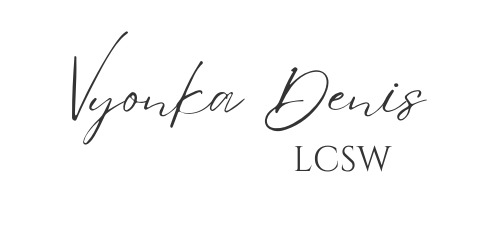Happy Valentine’s Day! The day of love and friendship! Although I have always said that the celebration of love should be an everyday thing, but I guess it is ok to have a designated day for all things love. My grandfather (my tati) used to call it “Hallmark Day” and I have always agreed. This day can be two things, a great day, or a sad and lonely day depending on the circumstances of the person. Most feel that Valentine’s Day is only for people in romantic relationships but this is not true, we can also express our love to our family and friends, with acts of kindness or gifts, which really is how Valentine’s day is usually celebrated. But and I say but, because love is not just chocolates and cards for everyone. Don’t get me wrong, I LOVE chocolates but that doesn’t scream “I love you” to me.
According to google: Love becomes defined by experiences that release chemicals—oxytocin (the cuddle/caring hormone), dopamine (the pleasure chemical), vasopressin (for attraction) or, following puberty, the estrogen and testosterone of lust. So, when we are in love, we can thank our hypothalamus, it’s a brain thing. <3
What is love to you? Did you know that there are “love languages”? It didn’t occur to me that people have their own perception of love until I read the book The 5 Languages of Love by Gary Chapman. This book gave me insight on the different love languages and helped me not to only understand my love language but also my partners, and that was very helpful to our relationship. Relationships are hard work and to maintain longevity it is important to not only have great communication, and healthy boundaries, but also satisfy those love languages in order to well, feel loved.
The five love languages are five different ways of expressing and receiving love and they are: words of affirmation, quality time, receiving gifts, acts of service, and physical touch.
Words of affirmation
People with words of affirmation as a love language value verbal acknowledgments of affection, including frequent “I love you’s,” compliments, words of appreciation, and verbal encouragement.
Quality time
People whose love language is quality time feel the most adored when their partner actively wants to spend time with them. They particularly love when active listening, eye contact, and full presence are prioritized in the relationship.
Receiving gifts
You feel loved when people give you “visual symbols of love,”. It’s not about the monetary value but the symbolic thought behind the item.
Acts of service
You value when your partner goes out of their way to do things for you.
Physical touch
People with physical touch as their love language feel loved when they receive physical signs of affection, including kissing, holding hands, cuddling on the couch, and intimacy.
You probably now have more of an idea of your love language by reading these short descriptions, if you are still unsure of your love language, there is a quiz you can take online! Also, keep in mind that you can have more than one love language.
Love Languages of Children
As a mama, I also wanted to share that there are Love languages for children.
I am a strong believer in nature and nurture influencing development. Love is a learned behavior, and physical contact and touch is important for survival.
Since I did not have a secure attachment with my parents, and I always had difficulty with love, and the feeling of abandonment, I am surprisingly a very loving person, but I also used to feel insecure about love and in all relationships, not just romantic. It was not until I learned self-love, that I was able to truly express myself. Love as a mommy hits different. It is pure and unconditional. I always made it apparent that I was going to be present for my children and as love is modeled and a learned behavior, I wanted to make sure that their needs were satisfied.
I’m that mommy that smothers her children with kisses and huggies and in result I have very loving, mushy children who love huggies and kisses and cuddles and details. To add, so is daddy so we are one mushy bunch, lol. I can say that my 6-year-old’s love languages are physical touch and words of affirmation.
Children crave different kinds of attention and affection. Dr. Chapman, who cowrote The 5 languages of love for Children wrote, “You have to know how to communicate love to a child so that he genuinely feels loved.”
The first step in identifying your child’s primary love language is to pay attention to how they show you love. Why? Because We all tend to offer affection in the way we wish to receive it.
The love languages for children are the same as for adults: which are physical touch, words of affirmation, quality time, gifts, and acts of service. If you have several children in your family, chances are they speak different languages, and children often have different personalities, they may hear in different love languages.
I wish you an abundance of unconditional love, today, and every day! Especially in all the ways that make you feel loved! Remember, don’t hesitate to share your love language(s) with those close to you and keep in mind their love language as well.
With, Love
V





